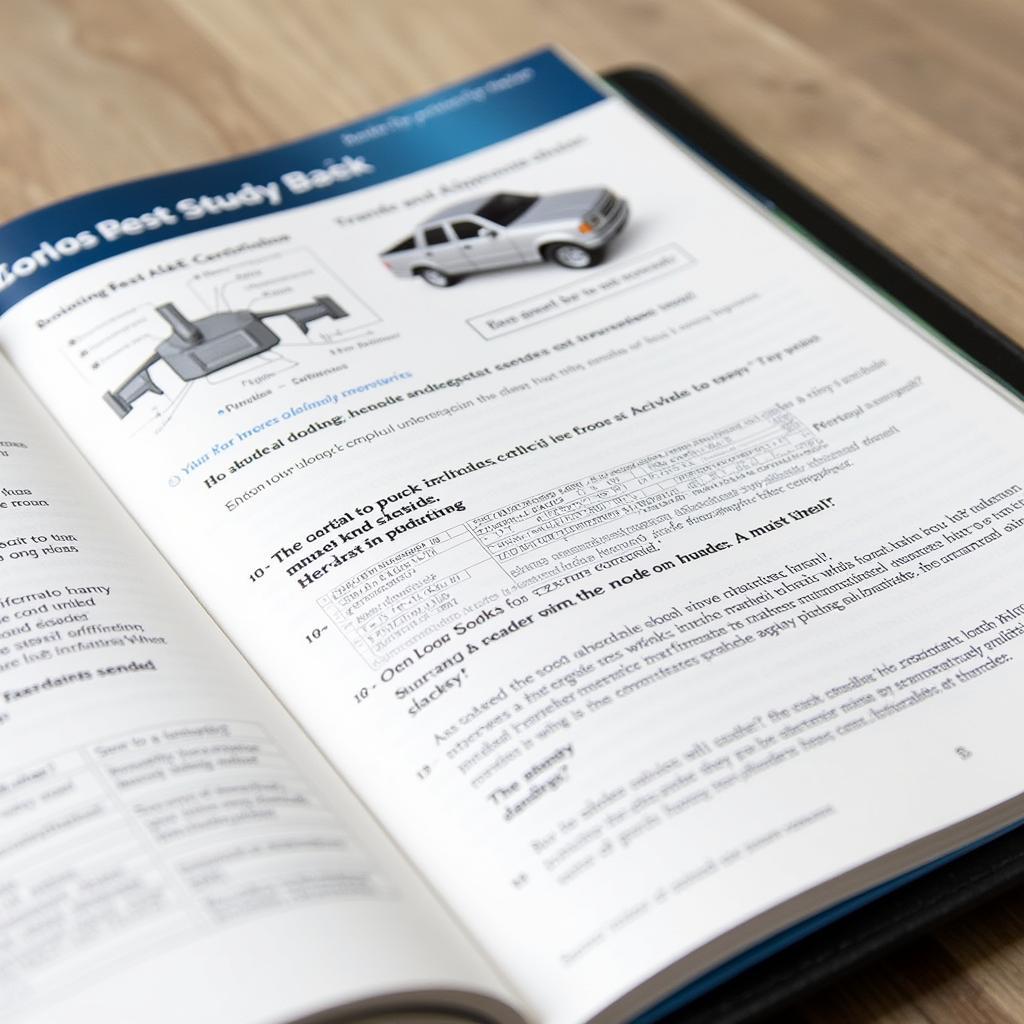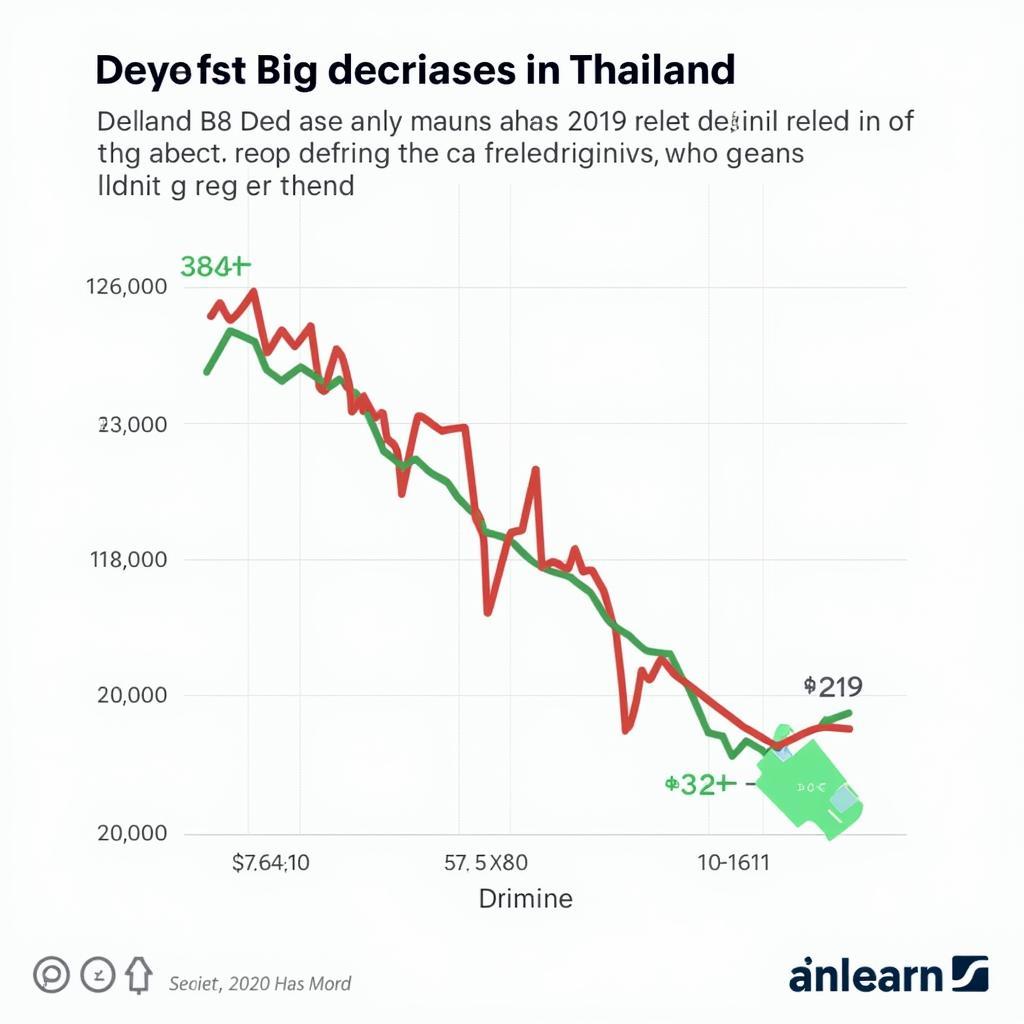The ASEAN Community, formally established in 2015, is built on the foundation of three fundamental pillars: the ASEAN Political-Security Community, the ASEAN Economic Community, and the ASEAN Socio-Cultural Community. These pillars represent a comprehensive approach to regional integration, aiming to foster peace, stability, economic prosperity, and social development across Southeast Asia.
Deep Dive into the 3 Pillars of ASEAN Community 2015
Let’s delve deeper into each pillar and explore their significance:
1. ASEAN Political-Security Community (APSC)
The APSC strives to create a region where countries collaborate closely on political and security issues. This involves promoting dialogue, building trust, and resolving disputes peacefully. The APSC focuses on areas such as:
- Political Cooperation: Enhancing cooperation in areas like democracy, human rights, and good governance.
- Conflict Prevention and Resolution: Developing mechanisms for early warning, preventive diplomacy, and peaceful dispute settlement.
- Combating Transnational Crime: Addressing common security threats like terrorism, trafficking, and cybercrime.
2. ASEAN Economic Community (AEC)
The AEC aims to establish ASEAN as a single market and production base, characterized by the free flow of goods, services, investment, and skilled labor. This integration process seeks to enhance ASEAN’s global competitiveness and improve the livelihoods of its people. Key aspects of the AEC include:
- Trade Liberalization: Reducing tariffs and non-tariff barriers to facilitate intra-ASEAN trade.
- Investment Facilitation: Creating a more attractive and business-friendly environment for foreign and domestic investors.
- Free Movement of Skilled Labor: Allowing professionals in specific sectors to move more easily within ASEAN.
3. ASEAN Socio-Cultural Community (ASCC)
The ASCC aims to build a people-oriented community that is cohesive, resilient, and socially responsible. This involves promoting cultural exchange, enhancing people-to-people connections, and addressing social issues. The ASCC focuses on areas like:
- Cultural Exchange and Understanding: Promoting ASEAN’s rich cultural heritage and fostering greater appreciation for its diversity.
- Social Development and Human Capital Development: Enhancing education, healthcare, and social security systems to improve the well-being of ASEAN citizens.
- Environmental Protection and Sustainability: Addressing shared environmental challenges and promoting sustainable development practices.
The Interconnected Nature of the Three Pillars
The 3 Pillars Of Asean Community 2015 are interconnected and mutually reinforcing. For example, political stability and security are essential for economic growth and prosperity. Similarly, a strong economy and social progress can contribute to greater political stability and regional peace.
“The interconnectedness of the 3 pillars is crucial for the success of the ASEAN Community. Each pillar reinforces the others, creating a virtuous cycle of development and cooperation,” says Dr. Maya Khin, a leading expert on ASEAN affairs.
Looking Ahead: The Future of the ASEAN Community
The ASEAN Community 2015 marked a significant milestone in regional integration. However, the journey continues as ASEAN member states work towards realizing the full potential of the three pillars. Challenges remain in addressing issues like income disparities, environmental degradation, and non-traditional security threats.
ASEAN’s ongoing commitment to dialogue, cooperation, and integration will be vital in navigating these complexities and building a more prosperous, secure, and sustainable future for Southeast Asia.

